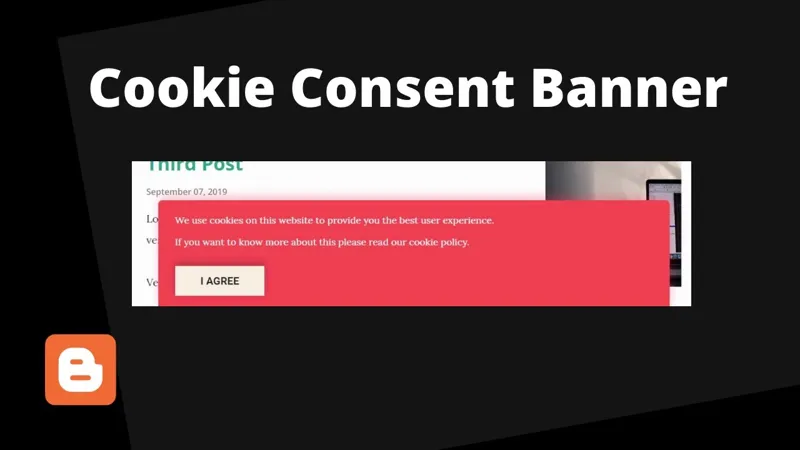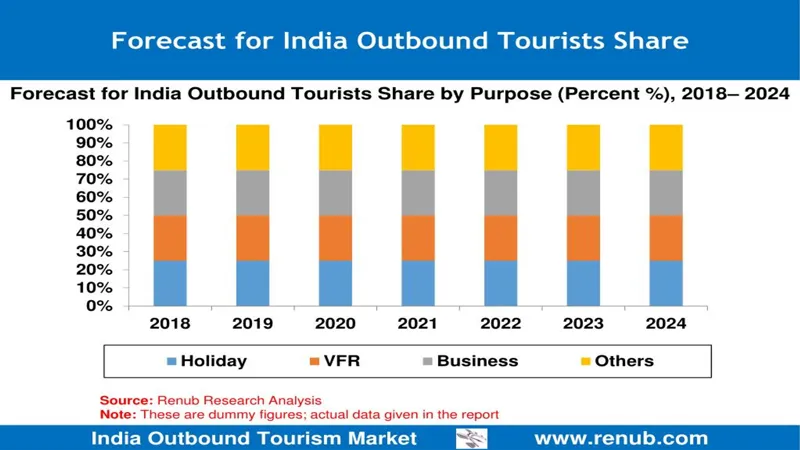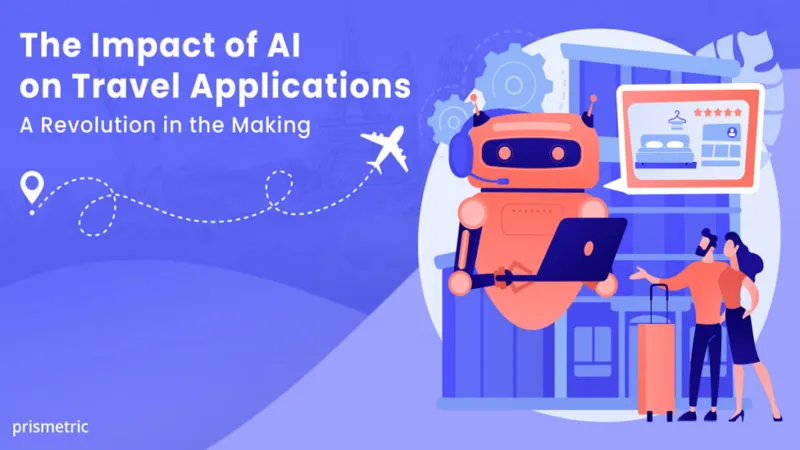As you prepare to dive into the vast world of YouTube, it’s essential to understand how your experience is shaped by the use of cookies and data. These tools are instrumental in delivering tailored services, ensuring not just seamless functionality but also personalized content that resonates with your interests. By accepting cookies, you enable a more enriched experience with customized recommendations and targeted ads that reflect your viewing habits. Conversely, opting out allows for a more generic experience. This introduction sets the stage for a deeper exploration of how these choices impact your online journey.
| Action | Purpose | Additional Information |
|---|---|---|
| Accept All | Use cookies and data for services, ads, and improvements | Includes personalized content and ads based on user settings and past activities |
Understanding Cookies and Data Usage
Cookies are tiny pieces of data that websites use to remember information about you. When you visit YouTube, cookies help the site understand your preferences and how you interact with it. This means that cookies can make your experience better by showing you videos you might like based on what you’ve watched before. This way, YouTube can keep you engaged and help you discover new content that interests you.
Data usage is also important for services like YouTube. It helps the platform know how many people are watching videos and what types of videos are the most popular. This information is used to improve YouTube’s services and make sure everything is running smoothly. Understanding how cookies and data work can help you appreciate the technology behind your favorite videos and why they are recommended to you.
The Importance of Accepting Cookies
When you see the option to ‘Accept All’ cookies on YouTube, it means you are allowing the site to personalize your experience even more. By accepting cookies, YouTube can show you ads that are more relevant to your interests, making the ads you see more enjoyable. This means you won’t just see random ads, but ones that might actually catch your attention and relate to things you like.
Accepting cookies also allows YouTube to improve its services over time. The data collected helps creators understand what types of content viewers enjoy and how to make their videos better. If everyone shares their preferences by accepting cookies, it benefits both viewers and creators, leading to a richer and more engaging platform for everyone.
What Happens When You Reject Cookies?
If you choose ‘Reject All’ cookies on YouTube, it means you don’t want the site to use your data for personalized ads or recommendations. This can lead to a more general experience, meaning the videos and ads you see might not be tailored to your likes and dislikes. While you can still enjoy watching videos, the experience may feel less connected to your personal interests.
Rejecting cookies can also help protect your privacy. If you’re concerned about how your data is used, this option allows you to enjoy YouTube without sharing as much information. However, it’s good to remember that you might miss out on personalized content and recommendations that could make your viewing experience more enjoyable.
Personalized Ads and Content
Personalized ads are designed to show you products and services that match your interests. When you watch videos on YouTube, the platform uses data to display ads that might be relevant to you. For example, if you often watch science experiments, you might see ads for science kits or educational toys. This way, the ads are more likely to catch your attention and be useful to you.
In addition to ads, personalized content helps create a tailored experience on YouTube. This means that the videos recommended to you are based on your viewing history. If you like watching cooking shows, YouTube will suggest more of these videos to keep you entertained. This personalization makes it easier to discover new channels and content that you’ll enjoy.
Managing Your Privacy Settings
YouTube provides options for managing your privacy settings, which is important for keeping your information safe. You can decide how much data you want to share and what types of ads you want to see. By selecting ‘More Options’, users can find detailed information on how to control their privacy settings. This helps you feel more comfortable while using the platform.
It’s essential to check your privacy settings regularly. As you grow and your interests change, you may want to update your preferences on YouTube. By managing your privacy settings, you can ensure that your experience on the platform remains enjoyable and secure, allowing you to focus on watching the videos you love.
Cookies and Age-Appropriate Content
YouTube uses cookies to ensure that the content you see is suitable for your age. This is especially important for younger viewers who may not be ready for certain topics. By using cookies, YouTube can filter videos and ads to make sure they are appropriate for your age group, creating a safer viewing environment.
Age-appropriate content helps protect young viewers from harmful or unsuitable material. By accepting cookies, you contribute to a system that prioritizes safety and makes sure that everyone, especially children, can enjoy their time on YouTube without encountering content that isn’t right for them.
Frequently Asked Questions
What are cookies and why are they used on YouTube?
Cookies are small data files that help YouTube improve user experience by remembering preferences and analyzing site usage, ensuring better services and more personalized content.
What happens if I select ‘Accept All’ cookies?
By choosing ‘Accept All’, YouTube will use cookies to personalize your experience, showing tailored ads and content based on your interests and previous activities.
What does ‘Reject All’ mean for my YouTube experience?
If you select ‘Reject All’, YouTube won’t use cookies for personalized ads or content, but you may still see general ads based on your location and current content.
How does YouTube personalize content for me?
YouTube personalizes content by analyzing your past activities, including videos you’ve watched and your search queries, to recommend videos that match your interests.
Can I manage my privacy settings on YouTube?
Yes, you can manage your privacy settings by selecting ‘More Options’ on the cookie prompt or visiting g.co/privacytools to customize your preferences.
How does YouTube ensure ads are age-appropriate?
YouTube uses cookies and data to deliver ads and content that are suitable for your age, ensuring a safe viewing experience for all users.
What if I want more information about YouTube’s data usage?
For detailed information on how YouTube uses data and cookies, you can select ‘More Options’ or visit g.co/privacytools for guidance on privacy practices.
Summary
Before using YouTube, it’s important to understand how cookies and data work. These tools help Google provide services, prevent spam, and improve your experience by analyzing how you use their site. If you click “Accept All,” Google will personalize ads and content based on your interests and past activities. If you choose “Reject All,” you’ll see less personalized content. You can find more privacy options and manage settings at g.co/privacytools. This ensures that the content and ads you see are suitable for your age and preferences.



